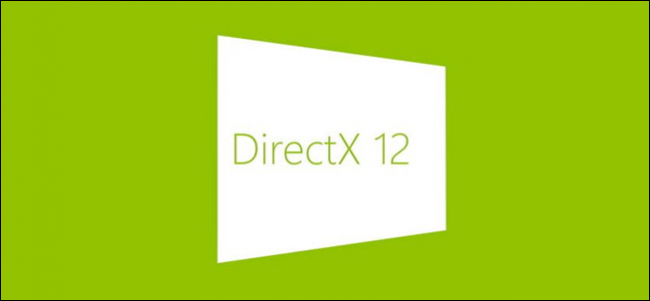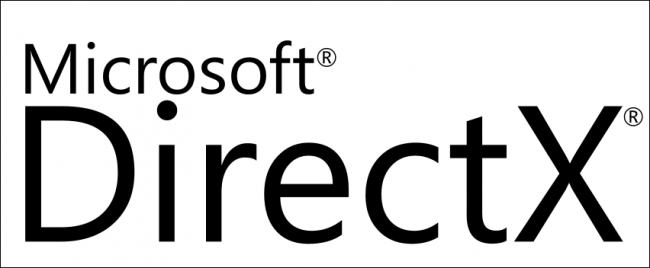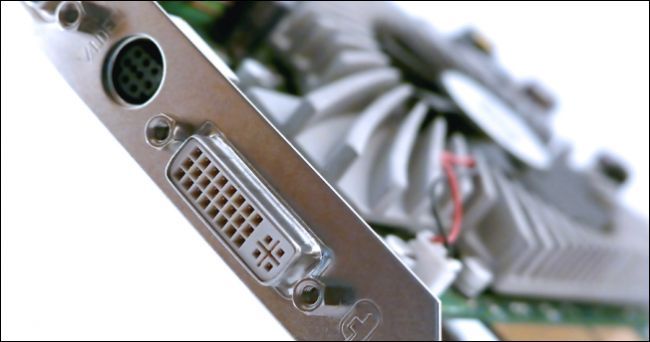Quick Links
When Microsoft began detailing new features of its upcoming Windows 10 operating system, one of those features it talked about is DirectX 12. Gamers will immediately know what this is but they may not perhaps realize just how important an update it will be.
DirectX is the name Microsoft uses to describe a whole slew of application programming interfaces (API) it uses for multimedia and video applications. Chief among these are games for which without DirectX, the Windows platform simply would not dominate in gaming as it does.
For a great while, at least in the years prior to Windows 95 Service Release 2, gaming on a PC was often a torturous ordeal involving DOS and boot disks. In order to give games direct access to system hardware, you first had to boot into DOS and use special arguments in the config.sys and autoexec.bat files.
This then allowed you to give games access to larger amounts memory, the sound card, the mouse, etc. It was easy for new PC owners to quickly become frustrated trying to get games to run because of all the hurdles they had to jump through.
Enter DirectX
Microsoft quickly realized that in order for the Windows operating system to become popular with gamers, it had to give game developers a way for their products to access the same hardware resources in Windows, as in DOS.
The first version of DirectX released for Windows 95 and NT 4.0 was version 2.0a, in June 1996. At first adoption was slow, but it is fair to say, DirectX changed PC gaming forever, and you're unlikely to find a game worth playing on Windows that doesn't use it.
As time has gone by, DirectX has simply gotten better and better, but whether you can take advantage of each new version depends almost entirely on whether your system components, especially the graphic card, supports it. So, while DirectX is a boon for gamers, if your hardware is more than a couple generations old, there's a good chance your PC may not be able to take advantage of any new bells and whistles the latest version includes.
Why is Direct X 12 Such a Big Deal Then?
It's pretty clear that DirectX 12 is the big deal Microsoft is making it out to be marking a huge improvement over the previous version.
For the Xbox One, it opens the possibility of more rendering options, paving the way for prettier games with enhanced visual effects. There is also hope that DX12 will unleash faster PS4-like frame rates since it will allow developers easier access to Xbox One's superfast ESRAM.
Finally, DX12 will give the Xbox One a faster dashboard and pave the way for 4K video. On the PC end of things, the advantages of DX12 are far more apparent.
Backward Compatibility
The one feature that pricked the ears of most gamers was the announcement that DX12 will be backward compatible with older DX11 hardware. This basically means that if your graphics card is less than two years old, you probably won't need to upgrade.
Of course, there are parts of the DX12 APIs that will likely not be available to older hardware that isn't specifically "DirectX 12 Compatible" but in the end, if you graphics card supports DX11, then it will enjoy the significant bulk of the features DX12 brings to the table.
Laptop Users Rejoice
Microsoft promises that DX12 will run well on lower-end systems, which means laptops and tablets. Both of these computing form factors are known for having less gaming power. Gamers usually aren't likely to buy a laptop to play games, and more likely to build or buy a larger desktop PC that can support and house the components needed to run games at higher details and frame rates.
DX12 will at least make gaming on lower-end systems more tolerable. It's still not likely to sell laptops and tablets as primary gaming devices, but at least you can go on vacation or business trips and still enjoy more gaming titles on your laptop.
New Multi-adapter Capabilities
DX12 works on a low level, which means it has access to far more hardware options than its predecessors. Of these, the multi-adapter is perhaps the coolest. Simply, the multi-adapter strategy allows developers to split processing duties between your main GPU and your CPU's integrated graphics.
This means that when implemented skillfully, your big beefy video card that you paid hundreds of dollars for will only have bear the brunt of the heavy lifting leaving the CPU graphics to do lighter, busy work like post-processing.
Microsoft claims this could result in a performance boost around 10 percent.
4K
It's abundantly clear that 4K video and gaming is the future, for now (and, 6K, and 8K, and so on). Content producers and game makers are clearly moving gradually in that direction.
While 4K gaming isn't going to suddenly burst wide open, we should see more mainstream adoption in another year or so. DirectX 12 will definitely accelerate that adoption, however, due to the way that it significantly reduces GPU overhead.
Closing Thoughts
To be clear, DirectX 12 is going to benefit Windows 10 gamers the most. Of course there will be other benefits with regard to better video performance, particularly as users scale up to 4K.
In the meantime, however, DX12 will be a huge performance gain for PC gamers. For Xbox One, the jury is out, but like we said, there will definitely be improvements to the dashboard, rendering quality, and frame rates (once developers can bring new titles to the market that take advantage of its ESRAM).
When all is said and done, however, DirectX 12 is clearly the best thing to happen to Windows gaming in a long while and should go a long way toward selling Windows 10 as a must-have upgrade for serious gamers.
Windows 10 and the DirectX 12 API are launching July 29. If you have any comments or questions about it or Microsoft's latest operating system, please leave your feedback in our discussion forum.




